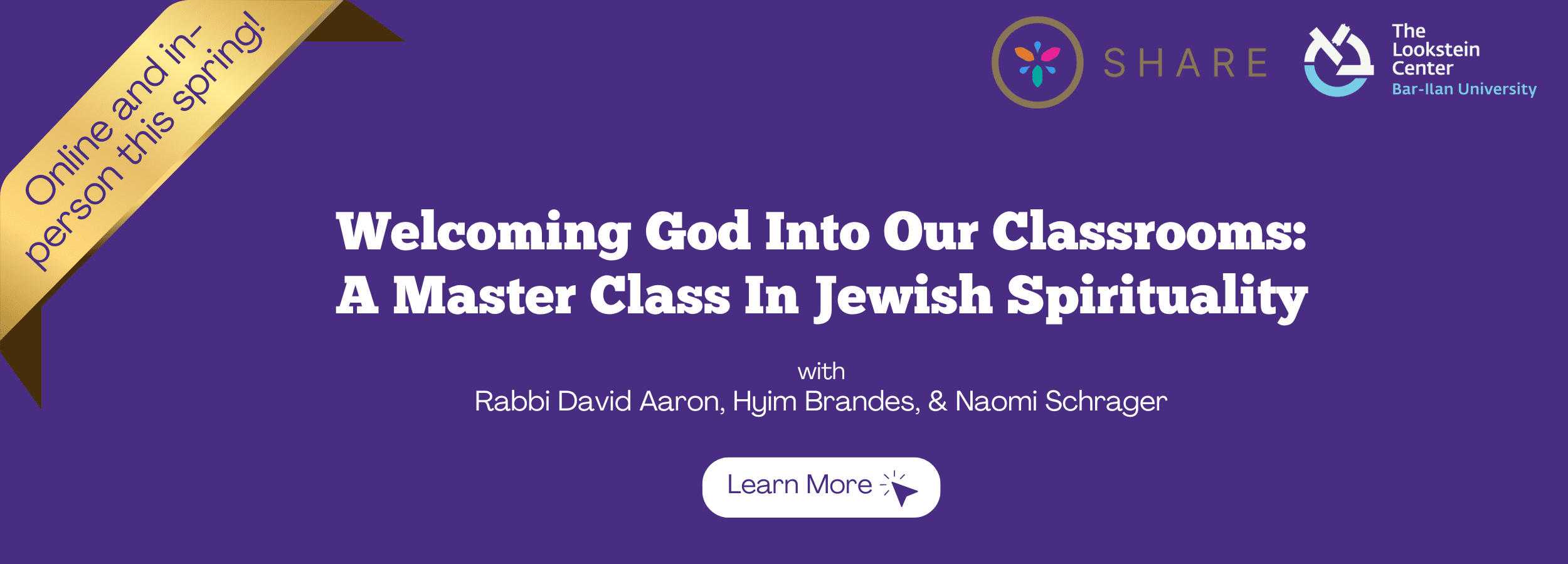Opening the Middle School Window to Midrash
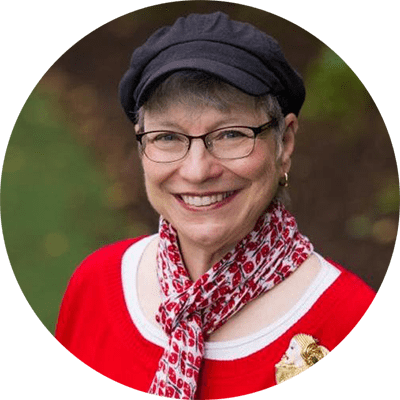
Sharon Freundel is the Managing Director of the Jewish Education Innovation Challenge which catalyzes radical improvement in Jewish day schools. Prior to this, she was the Director of Jewish Life at the Milton Gottesman Jewish Day School of the Nation’s Capital, and before that, she taught and was the department chair for Tanakh and Rabbinics and was Mashgichah Ruchanit of the Upper School at the Berman Hebrew Academy. She earned a Masters of Arts in Jewish Education from the Baltimore Hebrew Institute at Towson University.
A number of years ago, when I was teaching the sections in Genesis about Abraham and Sarah to a girls’ middle school class, one of my students raised her hand and said, “I don’t like how much is missing in the Torah.” I asked her what she meant and she replied, thinking like a typical middle schooler, “Like, what did Abraham and Sarah talk about at night when they were just sitting around their tent?” After responding facetiously that Sarah probably asked Abraham what he thought about her new burka, I took the moment to answer the class seriously. This was a wonderful opportunity to deeply introduce my students to Midrash as one way to fill in the “blanks” in the Torah text, to delve into the “spaces” in the text, and to teach us moral messages with which to inform our own lives.
After sharing a short overview of the history of Midrash—as it is always helpful to put our ancient texts in context—and a summary of the most widely used books of Midrash Agadah, the class and I began to unwrap the purpose and meaning of Midrash.
This involved two different primary methodologies: one for the students to attain the concept of why we need Midrash and the second to help them develop an understanding of the homiletic nature of Midrash.
The first method was analyzing a short piece of extra-biblical (in this case, very extra-biblical) text that the students were all familiar with but had never given much thought to in terms of the meaning. For this exercise, one of the texts chosen was “Ring Around the Rosies.”
Ring around the rosies,
A pocket full of posies,
A-tishoo! A-tishoo! (or Ashes! Ashes!)
We all fall down!
When asked the meaning of this well-known nursery rhyme, the students were stumped. So, we created a graphic organizer with different scholarly opinions on what the words meant.
Verse |
Explanation 1 |
Explanation 2 |
| Ring around the rosies, | The physical act of dancing in a circle with the children being the roses | “Rosies” represent a red rash that people exhibited during the 17th century Great Bubonic Plague in Europe. |
| A pocket full of posies, | They form a little “pocket” of flowers by dancing in a ring | The herbs and flowers people carried to ward off the disease, as people at the time believed |
| A-tishoo! A-tishoo! (or Ashes! Ashes!) | The sound of swishing dancers | “A-tishoo” is a symptom of plague, since victims supposedly sneezed when in the grip of the disease. Ashes are the bodies of the dead being burned so as not to infect others |
| We all fall down | A curtsey or bow to the other participants | This represents the death of the plague victim |
I then asked students to think-pair-share which they thought was the accurate explanation, which explanation they preferred, and why. The students filled out a worksheet with their own thoughts and their partner’s ideas. We then went on to a fishbowl discussion on how there could be two such different interpretations of words, and how those words could be so well-known and so rarely interpreted.
Following that, we utilized a similar paradigm employing a well-known verse from the Torah, and we created a second graphic organizer, this time applying midrashic sources.
Hazal, the rabbis of the Talmud, maintain that the five books of the Torah were dictated by God to Moses and that Moses wrote down those exact dictated words. If that is indeed so, Moses died eight verses before the end of the Torah, so who wrote the last eight verses of the Torah?
Here is the Talmudic discussion:
Moses wrote the entire Torah until this point, and Joshua wrote from this point forward; this is the statement of Rabbi Yehuda. And some say that Rabbi Neḥemya stated this opinion. (Bava Batra 15a)
Rabbi Meir said, Rather, this teaches that Moses wrote what the Holy Blessed One told him to write, similar to what is stated: “Then Barukh answered them: He pronounced all [these words to me with his mouth, and I wrote them with ink in the book].” (Sifrei Devarim Section 357)
Rabbi Shimon said…Rather, until this point the Holy One, Blessed be He, dictated and Moses repeated after Him and wrote the text. From this point forward, with respect to Moses’ death, the Holy Blessed One dictated and Moses wrote with tears. (Bava Batra 15a)
The students analyzed each one of the explanations and once again, did a think-pair-share. I asked them point blank, “Which one of these explanations is true, as only one at the most can possibly be true?” This question threw the students for a loop, which is what I was hoping to achieve in order to demonstrate to them that all 3 explanations were true in the sense that each carried a different homiletic meaning.
To illustrate this, I shared with them one of my favorite poems, The Daffodils, by William Wordsworth.
I wandered lonely as a cloud
That floats on high o’er vales and hills,
When all at once I saw a crowd,
A host, of golden daffodils;
Beside the lake, beneath the trees,
Fluttering and dancing in the breeze.
Continuous as the stars that shine
And twinkle on the milky way,
They stretched in never-ending line
Along the margin of a bay:
Ten thousand saw I at a glance,
Tossing their heads in sprightly dance.
The waves beside them danced; but they
Out-did the sparkling waves in glee:
A poet could not but be gay,
In such a jocund company:
I gazed—and gazed—but little thought
What wealth the show to me had brought:
For oft, when on my couch I lie
In vacant or in pensive mood,
They flash upon that inward eye
Which is the bliss of solitude;
And then my heart with pleasure fills,
And dances with the daffodils.
I asked the students if they thought that this was an actual occurrence in the life of the poet, and whether it ultimately made a difference if he had experienced this episode or made it up. The students came to understand that the emotions evoked by the poem were the main objective and it was immaterial whether this event had actually taken place.
We then went back to the 3 explanations of who wrote the last 8 verses of the Torah and now we analyzed each for its homiletic value.
Some possible explanations that the students gave:
- Joshua wrote the last 8 verses to give him a higher standing in the people’s eyes, as he would be the one to lead them into Israel, and writing God’s dictation in the Torah itself elevated his status.
- Moses had such a strong personality and was so close to God that he could accomplish what few of us could and write with equanimity about his own death.
- Moses was heartbroken to be unable to go into the land and die before the people entered it. So when God dictated the words, all he could do was cry, and so used his tears as the ink for the last 8 verses of the Torah.
Each of these explanations teaches us something, whether about succession of leadership, strength of personality, or how to deal with one’s grief. Therefore, each one of these midrashim is true within its own frame.
Once this unit was completed, when we tackled a perek (chapter) or a pasuk (verse) in the Tanakh and looked at a midrash, we looked at it with an eye towards what blank it was filling in, what question it was answering, and/or what personal meaning we could take away from that midrash. As I shared with the students, “One can eat a hamburger on a bun and it’s good. But if one layers that hamburger with condiments, lettuce, tomatoes, and onions, it enhances the taste of the hamburger without minimizing the essential taste of the hamburger. Such is Midrash.”
That middle school class that spurred the creation of this unit took place almost 20 years ago. I still have—now grown—students come up to me and tell me that they still analyze Midrash to figure out how each one speaks to them. It is gratifying to know that, through these pedagogies, I have made Midrash enduring for at least a subset of my students well into their adulthood.

Sharon Freundel is the Managing Director of the Jewish Education Innovation Challenge which catalyzes radical improvement in Jewish day schools. Prior to this, she was the Director of Jewish Life at the Milton Gottesman Jewish Day School of the Nation’s Capital, and before that, she taught and was the department chair for Tanakh and Rabbinics and was Mashgichah Ruchanit of the Upper School at the Berman Hebrew Academy. She earned a Masters of Arts in Jewish Education from the Baltimore Hebrew Institute at Towson University.

From The Editor: Winter 2025
It is one of the oldest literary collections ever written and still very much in circulation. Public readings (and celebrations) of its text are practiced in nearly every synagogue in the world in a regular, fixed cycle. It has been analyzed and studied by religious luminaries, academic scholars, and lay people, and has been studied and taught more times than we can count, with hundreds if not thousands of published commentaries. It plays a central role in all of our lives. One would think that by now we would have a pretty clear idea of what content from Tanakh should be taught and how it should be approached pedagogically at various age levels. And yet, a mountain of anecdotal evidence reveals that there is a huge range in what is taught, why it is taught, and how it is taught.

Tanakh Hats for Meaning Making: A Multi-Perspective Approach to Biblical Text Study
In our ongoing quest to enhance Tanakh education, we’ve developed a fresh approach that energizes both teachers and students while promoting diverse interpretations, critical thinking, and collaborative learning. Inspired by Edward de Bono’s Six Thinking Hats, this method encourages learners to view Tanakh texts from multiple perspectives, offering deeper understanding and fostering connections between foundational Jewish texts and modern life. The Tanakh Meaning Making Hats (TMM Hats) approach equips students with various interpretive tools to explore familiar perspectives and discover new ones, building understanding through both familiar and novel frameworks. This method, grounded in constructivist learning theory, enables students to construct knowledge actively, allowing them to examine texts from varied angles.

From Consumption to Production: Equipping Students to Create Torah
In the realm of Tanakh education, there is a tendency to focus on the consumption of Torah knowledge, where students engage in the study, understanding, and analysis of sacred texts. While amassing a critical base of knowledge is undeniably essential, I believe that shifting from students-as-consumers to students-as-producers—in which students not only absorb the teachings but also create and contribute their own interpretations and insights that can be shared publicly—is equally essential. How can we teach students to produce a deep analysis of Torah and not just consume others’ commentary? How do we encourage students to think for themselves while teaching other valuable lessons in the process?

Innovating Teaching Tanakh
What I observed one day in my visit to an English Language Arts (ELA) classroom last year opened my mind to completely new ways of teaching Tanakh, leading to greater student engagement.I work at a pluralistic elementary school that emphasizes growth mindset and continued development for each educator. One specific policy that helps educators learn from each other is the requirement to visit at least two other classrooms every semester. This routine fosters a genuine culture of professional growth, where teachers share ideas, observe varied teaching methods, and offer constructive feedback. I’ve always found these observations beneficial, but one visit left a lasting impact on my approach to teaching Tanakh. Stepping into Mrs. Michelle Petrova’s 6th grade ELA classroom, I was greeted with an incredibly vibrant atmosphere.

Teaching the Halakhic Sections of the Torah
Much of the discussions we find about teaching Humash focus on the narrative portions—Genesis, the story of the Exodus, the wanderings in the wilderness. To a large extent that makes sense, as they provide students with their origin stories—so critical for building the foundations of identity—and are inherently interesting, as stories tend to be. That being said, there is another half of the Torah, whose nature is primarily legal. While some skip it intentionally or somehow “don’t get around to it,” for others it is no less important to teach, even though the content often doesn’t lend itself easily to grab and hold the students’ attention. As with any teaching, we must first identify what we want to achieve before we can think about how we want to do it.
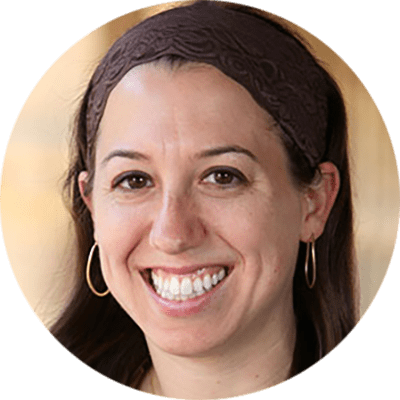
Teaching Tanakh: A New Perspective on Pedagogy
As many teachers of Tanakh know, the Tanakh classroom serves as a crucible for interpreting sacred texts, particularly in theologically and denominationally diverse day schools, camps, and beit midrash settings. The question I wish to explore here is: how do Jewish educators navigate the complex landscape of multiple orientations towards Tanakh that they might find in the seats of their classroom and make sure to empower all their students as interpreters? Central to my own Tanakh teaching, at almost every grade level, in almost every type of day school context, is the realization that my students don’t read Tanakh according to the same orientations or literacy practices, but it would be helpful if they did—at least for the duration of my class.
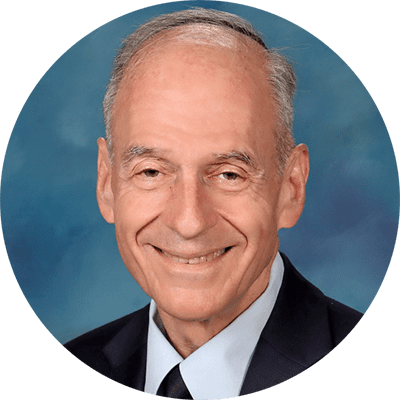
Tanakh Study and Reader Response
“My students insist on translating every pasuk (verse) into English and then using their translation to answer the questions. How can I get them to work from the makor (original text)?”“When I give in to their learned helplessness and teach them an interpretation, they can’t identify the problem in the pasuk that the interpretation comes to solve, and then they get stuck on the one understanding I presented and won’t consider an alternative. How can I help them think for themselves?” “I want my students to identify with the avot (patriarchs) and imahot (matriarchs) and learn from their example. But they somehow can’t relate to them as role models. What am I doing wrong?”Sound familiar? For years these complaints were a constant refrain from my Tanakh-teaching colleagues.
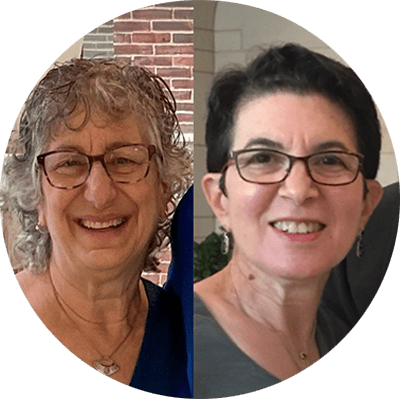
Vision, Lenses, and Focus: Bringing Clarity to Tanakh Curriculum with Standards
Any Tanakh text, whether narrative or legal, contains an abundance of ideas, elements, and complexities, and has the potential to raise countless questions. How does a school community decide which of them to pursue?Nechama Leibowitz, quoted by Shmuel Peerless in To Study and to Teach: The Methodology of Nechama Leibowitz, wrote that educators have……to decide what to leave out and what topics should not be touched, because it is pointless to tackle a number of different topics and problems superficially or incidentally in a chapter. It is preferable to concentrate on just a few topics, but in depth (p. 15). Standards serve as powerful tools for deliberating about a vision for Tanakh education and for shaping Tanakh curriculum once the school’s vision is clear.
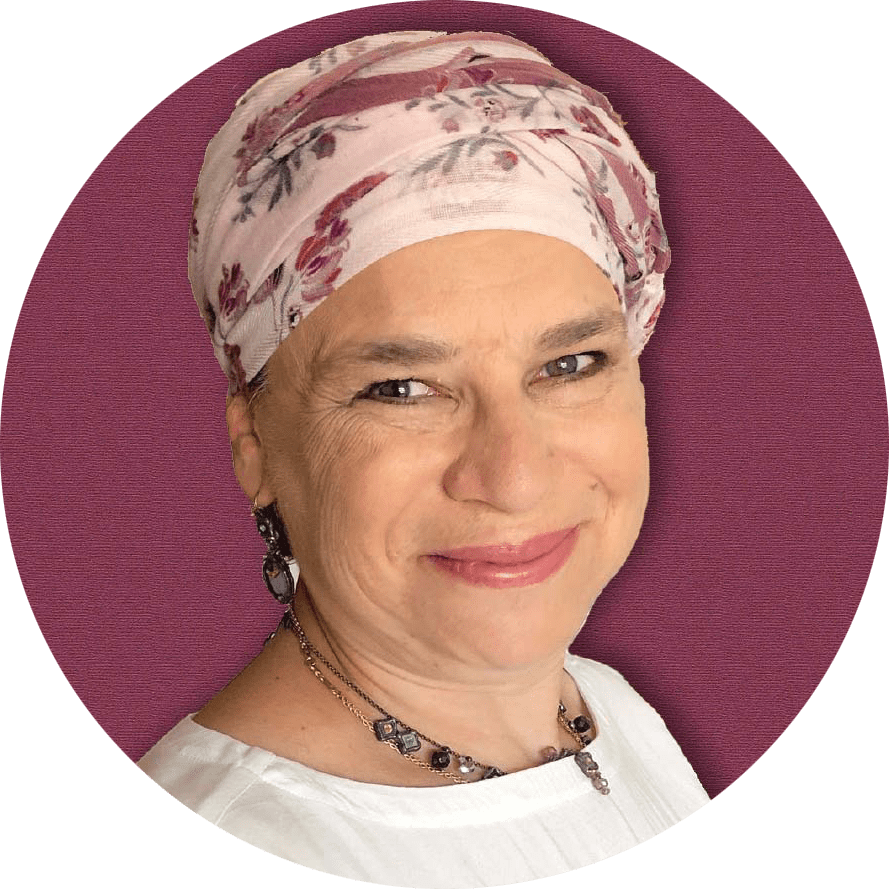
Teaching Tanakh to Weaker Students
In my roles as a Tanakh teacher and an instructional coach, my goal is to inspire Tanakh students to become engaged, proud, and even passionate Jews, fluent in Jewish literacy and deeply committed to the future of Jewish education and community. This goal is daunting under the best of circumstances; when teaching Tanakh to weaker students, it becomes more so. In this article I will outline some of the most ubiquitous challenges that arise from teaching Tanakh to weaker students and offer suggestions for navigating them based on my own experience as well as conversations with other educators and research from the field. I believe that navigating these challenges requires both modifications in practice and shifts in mindset, and I will outline each of them.
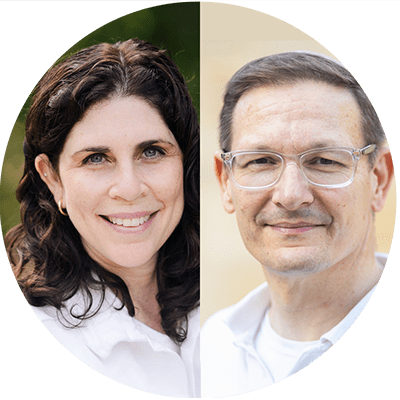
Student-Centered Learning in the Tanakh Classroom
For the past decade, educators have been using the term student-centered learning (SCL) but still finding it tricky and challenging to apply to the Tanakh classroom for a variety of reasons. One is the amount of time teachers must dedicate not only to teaching content but also to developing textual reading skills. Another is that teachers might feel reluctant to engage in a pedagogy they feel allows for too much free thinking and not enough respect for the mesorah, classical commentators, and tradition in general. Here we offer tips and strategies for how to introduce SCL into the Tanakh classroom in large and small ways. Differentiation and Social-Emotional Learning Are you differentiating in your classroom? Great! That’s one time-tested way to employ SCL in the Tanakh classroom.

Outside the Box: A Values-Based Approach to Parashat Hashavua
Tanakh in dialogueWhat position does the Tanakh occupy in the life of an early teen? For many, the Tanakh resides in the mental box into which school is commonly placed—a box of academic pursuits, Hebrew language and grammar, Jewish history and Biblical knowledge. There is nothing innately wrong with this, to the contrary, Tanakh study certainly can and does involve these important elements. But a missed opportunity arises when compartmentalisation precludes Tanakh from forming dialogue with the other “boxes” that rise to prominence in the early teen years.Early teenagehood is often marked by questioning and exploration as students begin a journey of seeking to understand that which may have previously gone unquestioned.

Building Tanakh Skills One Step at a Time With Manipulative Materials
“Give a man a fish,” the saying goes, “and you feed him for a day. Teach a man to fish and you feed him for a lifetime.” At Netivot, we have developed a Tanakh program that gives each child the personalized gift of feeding himself for a lifetime. The Montessori method is predicated upon the idea that each child, if provided developmentally appropriate opportunities, will inherently learn and grow and master at each phase of development according to his own individual needs. For this reason, in our classrooms, the expectation is not for children to memorize translations of text “chorally,” but rather to develop individually the skills to translate for themselves. Using key elements of the Montessori method, our students build a series of skills that allow them to tackle pesukim independently.

Bringing Nechama Leibowitz Into the Classroom
The written legacy of Nechama Leibowitz, in her gilyonot and books, has served and continues to serve as the basis for Torah study for many serious students of parashat hashavua, Tanakh, and parshanut. Her teaching methodology, as experienced by one of the authors of this article in 1988-89, in her weekly classes in her apartment in Jerusalem and in her weekly shiur at the Gruss Kollel, served as a model for how to teach Torah. Certain elements have been adapted, but we have found that her principle of encouraging independent thinking and individualized feedback gives students in middle school a personal connection with the text and empowers them to continue in their Torah study with positivity and self- assurance.
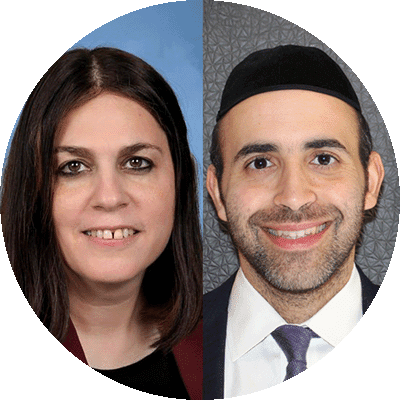
The Barkai Method for Teaching Humash
In the introduction to his book Who Knows Twelve, Rabbi Berel Wein explores a troubling phenomenon: the growing disconnect between the Jewish people and their sacred texts. Whatever the causes for its decline may have been, many Jewish day schools today are attempting to reinvigorate the study of Tanakh, recognizing its fundamental role in Jewish identity and education. Maimonides codified the necessity of studying Tanakh in Hilkhot Talmud Torah (1:7), asserting that it is a crucial component of Jewish life. Today, there is a growing recognition of the need to revive these ancient texts, which hold profound significance for Zionism, community, ethics, spirituality, identity, and much more. One noteworthy example of this revival is the Barkai educational system, developed in Israel by Rav Dan Be’eri more than 40 years ago.
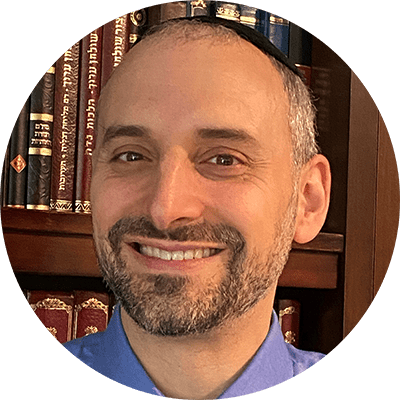
Introducing Sod Into the Tanakh Classroom
In my years of teaching Neviim and Ketuvim, one of my overarching goals was for students to gain an appreciation of why specific commentaries approached the same text differently. I spent significant time on both peshat and derash approaches, highlighting the strengths and weaknesses of each interpretation’s handling of textual issues. One experiment with introducing sod resonated deeply with some of the students and complemented the other work we were doing. I share that experiment here. Sod (literally, secret) is a mode of hermeneutical interpretation that sees the characters and storyline as being symbolic of fundamental themes. Although definitions of sod usually include mysticism, the relation to Kabbalah is only that sod reflects an interpretation that directly addresses giving insight into our relationship with God.

Heroes Within Reach
We read the Bible with the understanding that many of the characters described are our heroes, our Jewish archetypes. We pore over every action, every word, for insight into their thought and character, insight that can inform the same in us. These are not dry annals of the lives of figures from the distant past; these people are as alive today as we are—alive within us, within our synagogues and culture, because we study them so intensively and know them so intimately. Each of us knows the stories so well, that we know what happens between and behind the words.What is a Hero?But what does it mean to consider them heroes? In what sense does, or doesn’t, the Bible portray them as such? And more importantly, how does the Bible express what a hero is, and what makes someone heroic?
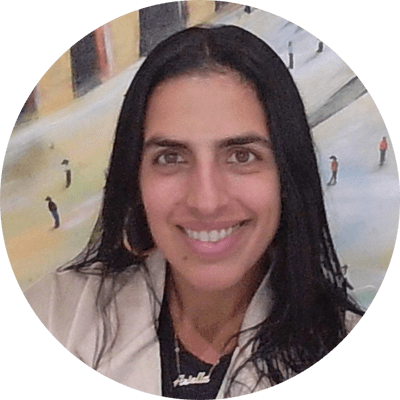
Tanakh as a Tool for Building Identity
Jewish tradition holds Torah teachers in high esteem, viewing them as more than just conveyors of knowledge. They are seen as spiritual and moral guides, shaping the character and identity of their students. In The Lonely Man of Faith, Rabbi Soloveitchik emphasizes that the role of the Torah teacher goes beyond intellectual instruction; they facilitate a divine encounter, guiding students toward a deeper connection with God. The Talmud (Bava Metzia 33a) elevates the honor due to a Torah teacher above even that of one’s parents, as the teacher introduces the student to the “world to come” through their instruction—a profound form of giving life. These texts paint a picture of the Torah teacher as a builder of Jewish identity, imparting values that help shape a student’s character and moral foundation.

Tanakh as Our Story
Tanakh is the story of the Jewish people. This basic component of our identity and our tradition has tremendous spiritual and educational power which, unfortunately, is often untapped. In the following essay, we aim to show how this idea of Tanakh as the grand narrative of the Jewish people can be developed into a powerful educational opportunity. In tapping into Tanakh’s central narrative feature, we are not merely making Tanakh more interesting for our students. Since the times of Moses, the Jewish people has known that a good story does more than just pique an audience’s interest. In the words of Rabbi Sacks, “The Israelites had not yet left Egypt, and yet already Moses was telling them how to tell the story. That is the extraordinary fact. Why so? Why this obsession with storytelling?
Reach 10,000 Jewish educational professionals. Advertise in the upcoming issue of Jewish Educational Leadership.



